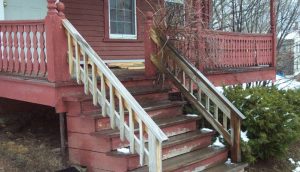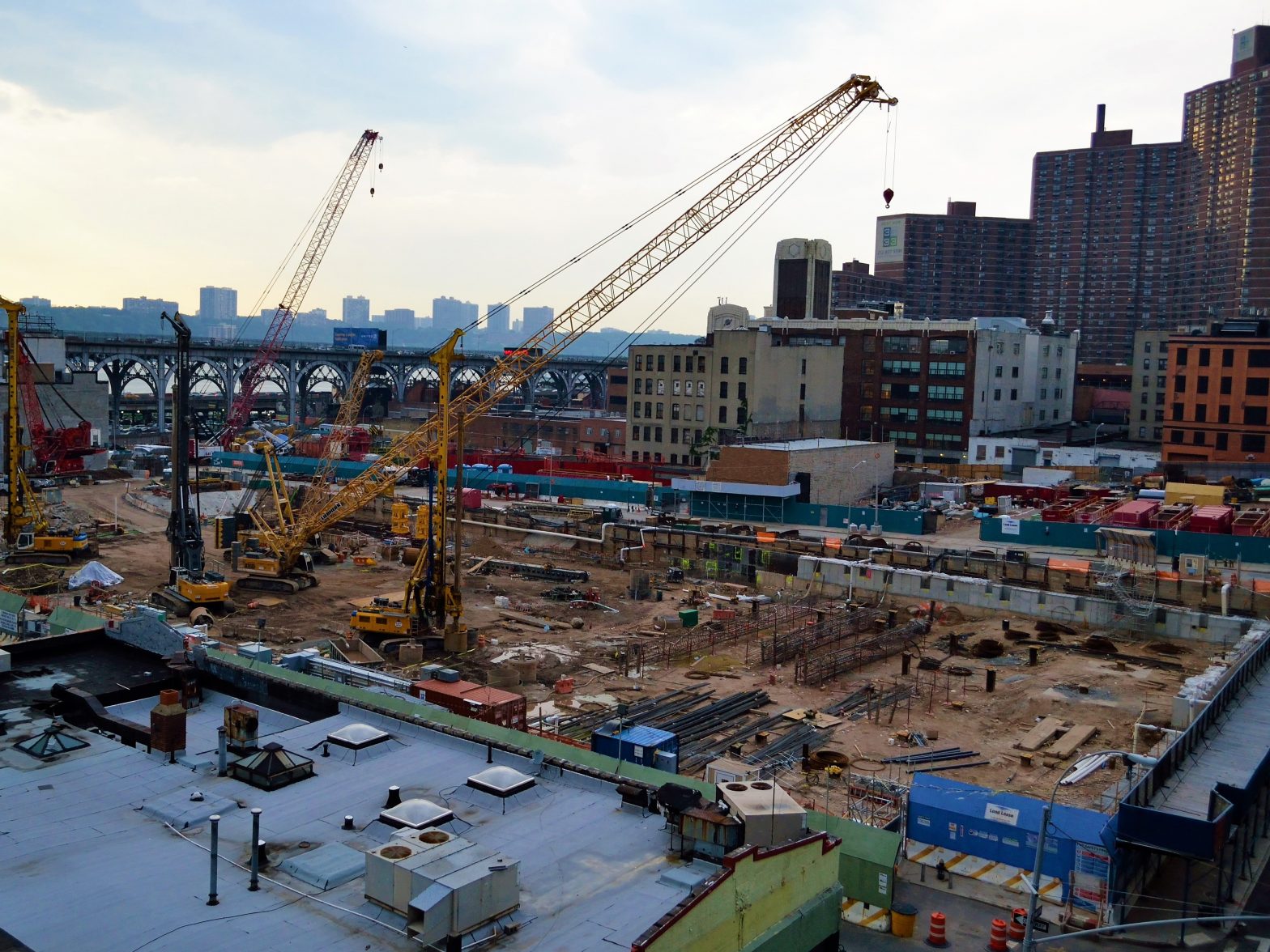 Homeowners seldom need to engage the services of a structural engineer to assist with projects at their homes. The vast majority of home construction and improvement projects can be completed in accordance with prescriptive residential building code requirements that do not require professional involvement in the design or construction.
Homeowners seldom need to engage the services of a structural engineer to assist with projects at their homes. The vast majority of home construction and improvement projects can be completed in accordance with prescriptive residential building code requirements that do not require professional involvement in the design or construction.
While not usually required by code, the involvement of a professional engineer in the project can provide more options for the design of the project, while reducing risk and possibly construction costs. By law, professional engineers are permitted to perform design and assessment services than contractors and home inspectors are not qualified to provide. Given that retaining a professional engineer represents a significant investment in your home, when should you consider engaging an engineer?
- Damage or Distress: The cause of cracks, sloping floors, wracked doors and windows and moisture stains may not be obvious and repairs may not address the underlying cause. This can result in the distress recurring or a more serious condition developing, especially when foundation movement occurs. An independent assessment by a professional engineer is more likely to lead to repair options that will address the root cause of the distress.
- Flood-Resistant Construction: Construction in or near flood zones may require engineered foundations and structural systems to resist flood and wind loads.
- Renovations Changing the Floor Plan: Removing portions of walls and floors typically involve adding framing elements, such as beams and columns, which require professional engineering design. In addition, existing structures, particularly wood-framed, single-family homes designed prior to the adaptation of building codes, often do not comply with current building codes. When new framing is added to an existing home, any elements supporting the new framing must comply with current code. This can trigger the need for engineering analysis and possibly strengthening of existing elements.
- Additions: While an addition can usually be designed prescriptively, an additional will often involve removal of walls and may rely on the original structure for support. In addition, in some cases construction of an addition can affect the foundations of the original structure. These conditions are best evaluated by a professional engineer.
- Decks: Construction of residential porches, decks and balconies are among the most severely loaded portions of a home, yet are less redundant, more exposed to the elements and often built to lower standards. While prescriptive standards are available for new decks, an engineering consultation is useful for managing the risk of existing decks.
- Retaining Walls: Any retaining wall greater than a few feet high should be designed and periodically inspected by a professional engineer. A retaining wall that appears to be moving or leaning or deteriorating should be evaluated by an engineer.
- Adjacent Construction: Construction activities can pose expose adjacent buildings and properties to a variety of risk, particularly on urban sites where construction extends up to the property line or where blasting is used to excavate rock. A professional engineer can assess these risk and evaluate the potential impacts arising from the proposed construction.
When professional engineering is required for a residential project, it is often reasonable for the engineer to be retained by your architect, contractor or insurance carrier. This is particularly true for new construction and other situations, in which the engineering required is reasonably well defined and the homeowner’s interests in the solution to the problem are minor. However, an engineer retained by another party will be responsive to that party, who is the client, rather than the homeowner. If you are significantly affected by the outcome of the engineer’s work you should consider retaining an engineer directly to ensure that he or she can be responsive to your questions and concerns.
Most mid-sized and large engineering firms will not work with homeowners. One reason is that their large staffs and overhead costs make small projects unfeasible. Another reason is that homeowners are generally inexperienced with construction and can have unrealistic expectations and limited budgets. Richard J. Driscoll, Consulting Engineer (RJDCE) believes that, when necessary, homeowners should have access to the same sort of specialty engineering services and professionals as contractors, other design professionals, and other clients. As a small practice, RJDCE has the flexibility to work collaboratively with homeowners, their architect or contractor to develop an appropriate scope of services for the project and the client’s risk tolerance.
You can contact RJDCE for a complimentary project consultation here.
See also: Forensic Engineering, Residential Structures, Structural Engineering, Structural and Foundation Investigations
